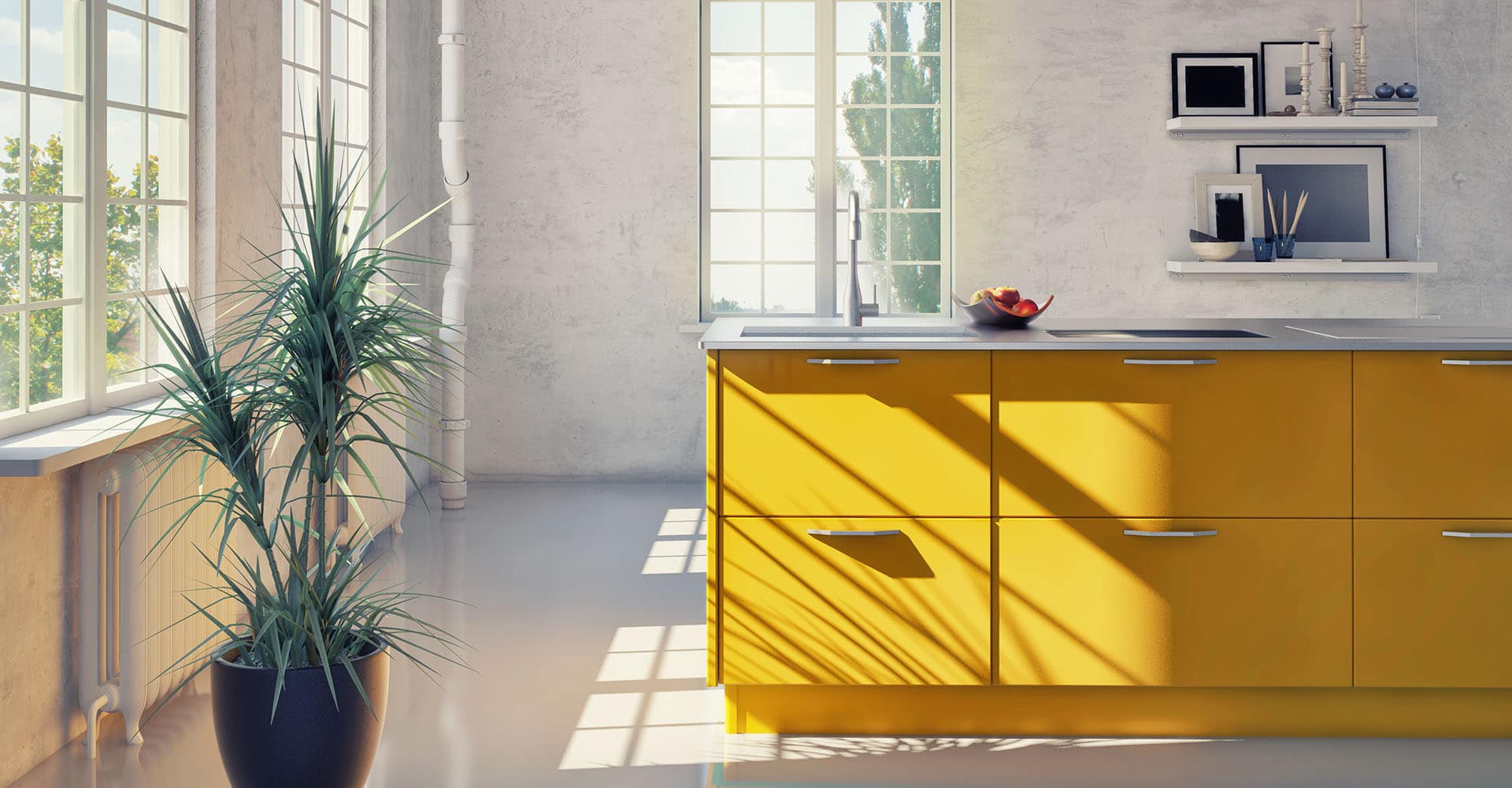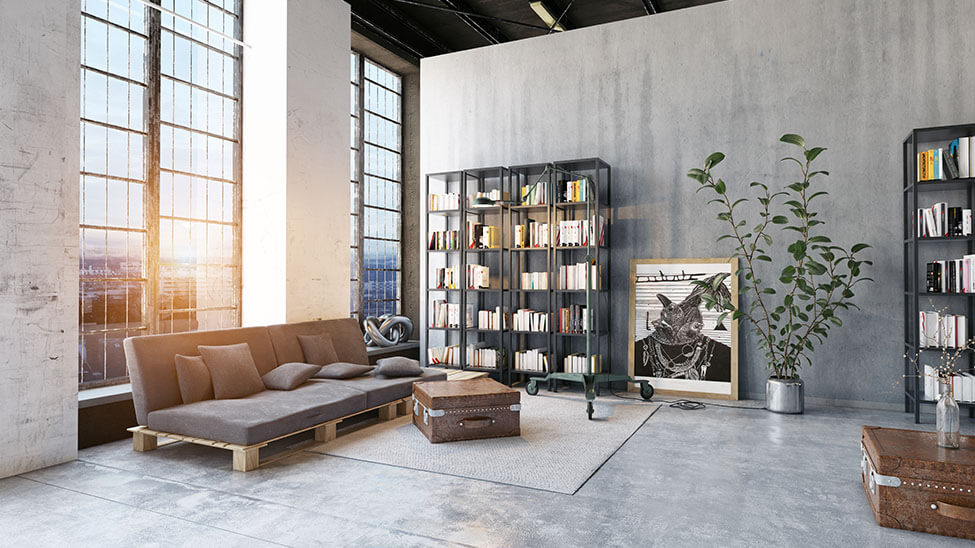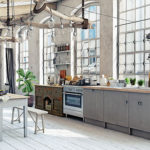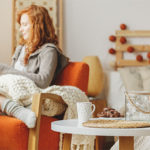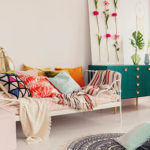
A little time travel
Origin
Around 1900, one of THE architects of Art Nouveau (nature-inspired, floral style) Henry van de Velde headed the newly founded School of Arts and Crafts in Weimar, which he had to leave by state decree in 1915. As his successor, he proposed the Berlin architect Walter Gropius, whose name you should definitely remember. In April 1919, he accepted the post of director and it was his goal to combine art, craft and industrial production.
The preliminary course at the Bauhaus
Studies at the Bauhaus style began with a basic course of first one, then two semesters, after which it was decided in which workshop you would continue your studies. In this preliminary course, one studied materials such as glass, metal and wood, or even paint, which was also considered a material at the Bauhaus, and familiarized oneself with the various processing techniques. The work at Bauhaus was very experimental, which did not exist in this form at any college or university until then.
The workshops
For the director, they were the essence of the Bauhaus style. There were workshops for sculpture, mural painting, carpentry, glass, ceramics, textiles and metal. Surprisingly, there was also an area for stage design, one for graphics and one for bookbinding. in 1925, when the Bauhaus School of Arts and Crafts moved to Dessau, workshops were merged or abolished, leaving seven. Hannes Meyer, director from 1928, also brought photography to the Bauhaus.
Theory of form
However, purely manual work in the workshops does not yet constitute a course of study; there is another component missing: Theory. Normally, one imagines this to include lessons such as art history, but at the Bauhaus history was not assigned great importance. Instead, the masters at the Bauhaus, i.e. the teaching artists, architects, etc., conceived their lessons according to the concept of form. Instead, the masters at the Bauhaus style, i.e. the teaching artists, architects, etc., conceived their lessons according to the concept of form theory. There was “Schriftformlehre”, “Raumlehre”, the “Basic Elements of Form”, a “Color Course” and representational drawing.
What makes the Bauhaus style, what is typical?
Disappointment
First of all, I have to disappoint: THE Bauhaus style doesn’t exist, even if people talk about it colloquially. Nevertheless, there are quite concise features that just scream Bauhaus. Beautifully shaped, straightforward or practical are adjectives that are associated with the art school. We have taken a closer look at a few characteristics for you. Are you becoming Bauhaus fans?
“Form follows function”
These words, used for the first time by the American architect Louis Sullivan, were the motto of the Bauhaus. In all designs, the function should always be in the first place, no object was developed according to aesthetics. That is why unnecessary ornaments and flourishes were omitted. The objects, furniture or rooms should be practical and simple in their design.
Honesty
The style was considered revolutionary in many respects. Normally, at that time, one would have tried to hide signs related to the statics of a house, such as beams or steel. It was completely different at the Bauhaus: Here, these components of an object were consciously shown and not disguised, because they belong to the shape. Today, we all have to deal with imitation materials and veneers, which would not have been welcome at the Bauhaus. Materials must reflect the true character of the object.
Bauhaus colors
Color theory was a big issue at the Bauhaus, colored walls were preferred as a design instead of picture jewelry, which was considered frowned upon. The artist and master at the Bauhaus, Johannes Itten, developed a color wheel that all students had to deal with. Especially the primary colors were used at the Bauhaus and: Red, Yellow, Blue, but also White and Black. In the hallway of the Bauhaus building, a colored wayfinding system was used that was easy to read. The color also serves the function and not the decoration!
The cube
It was used as a basic architectural form and it also underlies the master houses in Dessau or the Bauhaus building itself. The white cubes with lots of glass, that were or still are typical Bauhaus houses. Also the window over corner has its origin in the Bauhaus, because due to the new materials like steel one had new possibilities.
The basic forms
The Russian painter Wassily Kandinsky, whom many should know because of his colorful form paintings, was also active at the Bauhaus. He developed a form theory that goes back to the three basic forms. Square, circle and triangle are assigned to the basic colors. Red had a square effect and blue a round effect. These basic shapes and colors were used in many of the students’ designs. One example is the “Schiffsbauspiel” (shipbuilding game) designed by Alma Siedhoff- Buscher in 1923. A colorful wooden building set game that shows the influence of the Bauhaus.
Furniture
Furniture from this period are called modern classics, after all modernism was created during this time. They are still made today with certificate and according to the original designs. They are characterized by their clear form and innovative appearance. The new material, steel, gave lamps and chairs a whole new design. Marcel Breuer designed the “Freischwinger”, a chair that has no rigid back legs due to a steel tube. One can spring backwards in it and the name also draws attention to its elasticity (in use today, for example, as a “reading chair” ). The Bauhaus also emphasized mass industrial production. Overall, the furniture stands for “the modern living”.
The famous teapot
It is one of the most famous Bauhaus works of all and is known to many for its striking appearance. A silver and ebony gleaming teapot of pure forms holds a record: it was paid $361,000, more than any other Bauhaus design. Its designer is Marianne Brandt, who is also responsible for other objects made of metal: sugar bowls, ashtrays and cream pots by her are still well-known classics today!
Criticism of the Bauhaus
For many, the designs are too cool and too plain. The Bauhaus architects would have paved the way for prefabricated buildings or bleak-looking high-rise housing estates. There is also criticism that the Bauhaus style sees people as anonymous, because so much emphasis was placed on mass production. If you ever have the opportunity to travel to Tel Aviv, you can see Bauhaus architecture live. In the white city there are more Bauhaus buildings than in any other city in the world.
End (in Germany)
The Nazi seizure of power meant the closure of the college in Dessau. The current director, Mies van der Rohe, continued to run the school in Berlin for a few more months until they were finally forced to self-dissolve in 1933. Many of the masters but also students emigrated to the USA. Van der Rohe spread the teaching in Chicago and Walter Gropius taught “The New Bauhaus” at the renowned Harvard University from 1937 to 1952.
Where can I see Bauhaus architecture live in Germany?
In Dessau you can see the university building and the master houses, which were restored after being destroyed in the war. There you can follow in the footsteps of the Bauhaus style and there are also events to mark the 100th anniversary. At the place of origin, in Weimar, the “Haus am Horn” can be admired as a prototype of modern living. In Berlin- Hohenschönhausen stands the “Haus Lehmke”, designed by the last director Mies van der Rohe before he emigrated to America. The “Weißenhofsiedlung” in Stuttgart is seen as a typical example of Bauhaus architecture.


